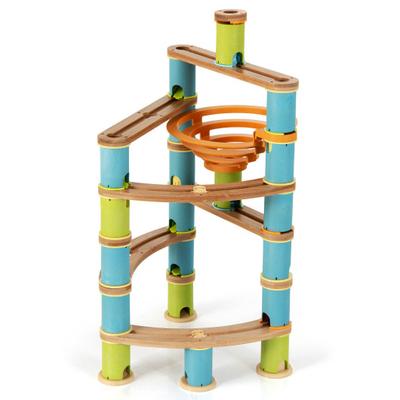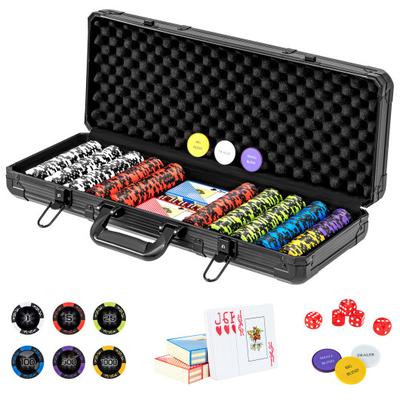What if animals and humans could speak to one another? Tom Mustill the nature documentarian who went viral when a thirty ton humpback whale breached onto his kayak asks this question in his thrilling investigation into whale science and animal communication. When a whale is in the water, it is like an iceberg: you only see a fraction of it and have no conception of its size. On September 12, 2015, Tom Mustill was paddling in a two-person kayak with a friend just off the coast of California. It was cold, but idyllic until a humpback whale breached, landing on top of them, releasing the energy equivalent of forty hand grenades. He was certain he was about to die, but they both survived, miraculously unscathed. In the interviews that followed the incident, Mustill was left with one question: What could this astonishing encounter teach us? Drawing from his experience as a naturalist and wildlife filmmaker, Mustill started investigating human whale interactions around the world when he met two tech entrepreneurs who wanted to use artificial intelligence (Ai) originally designed to translate human languages to discover patterns in the conversations of animals and decode them.











